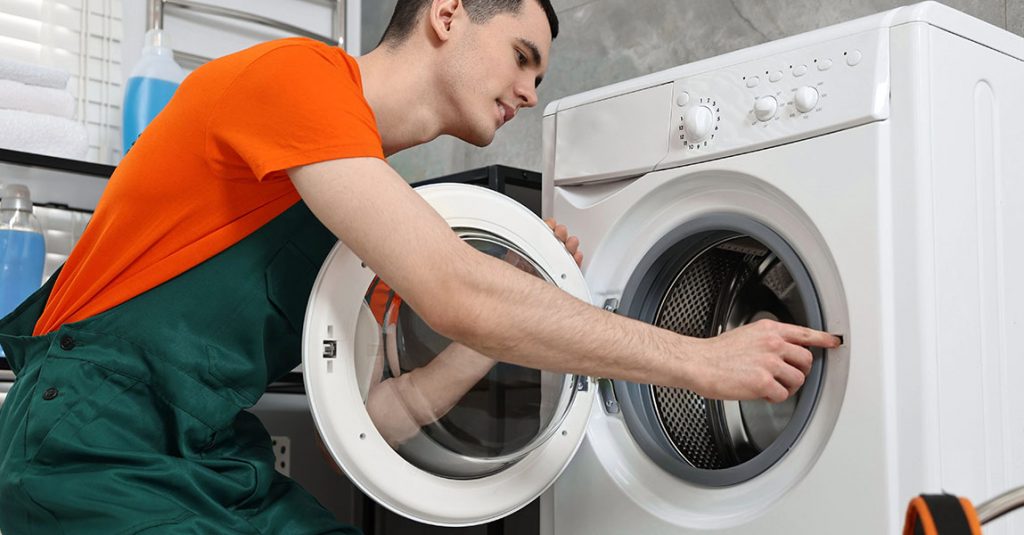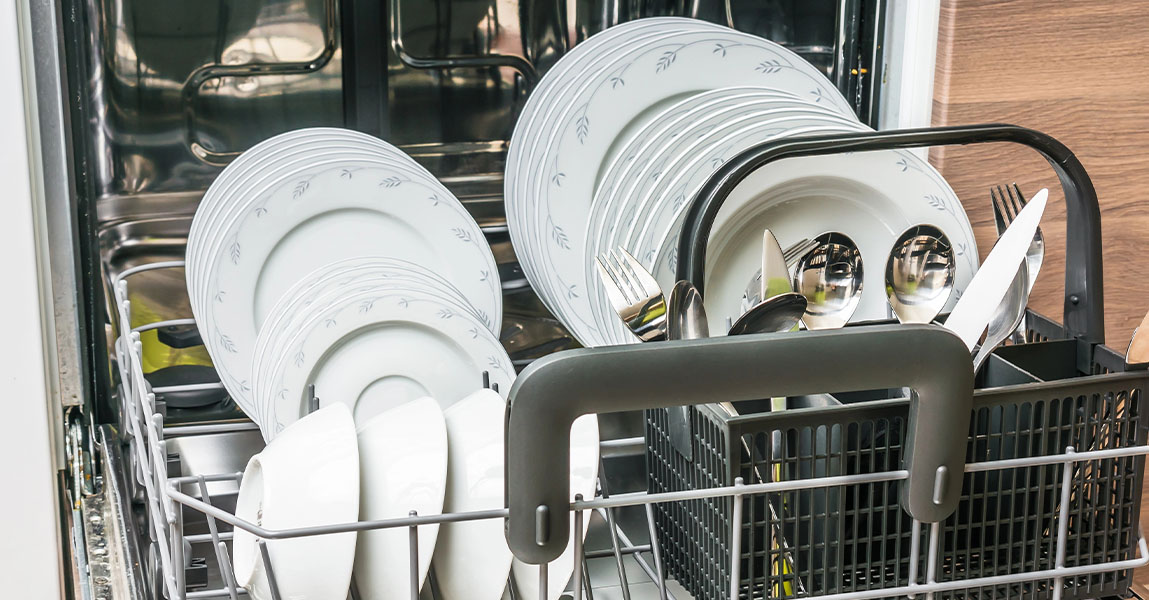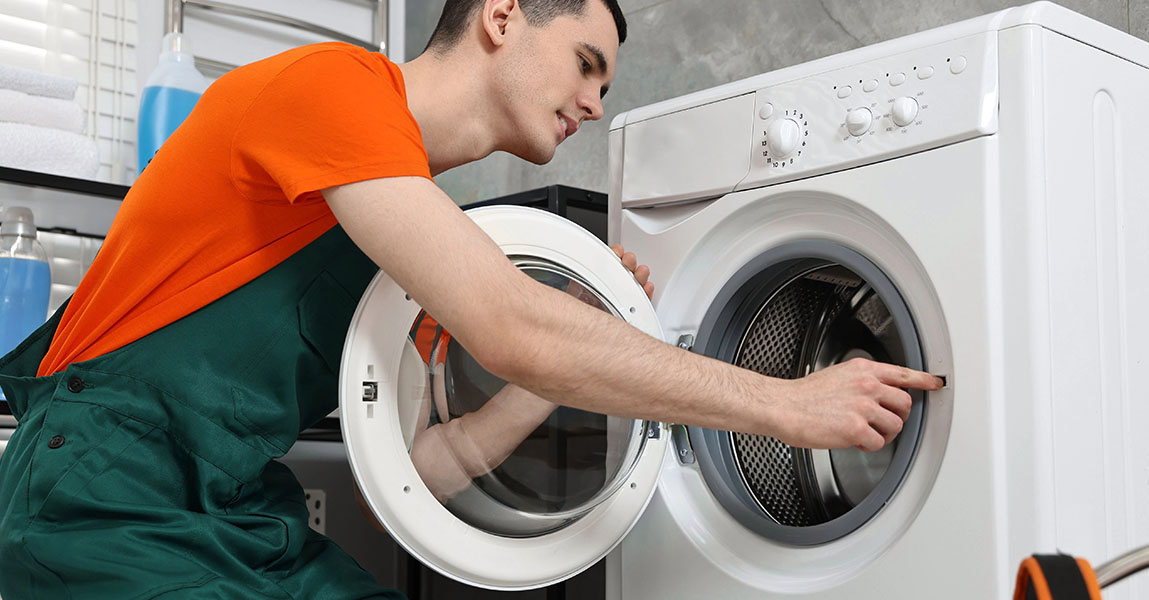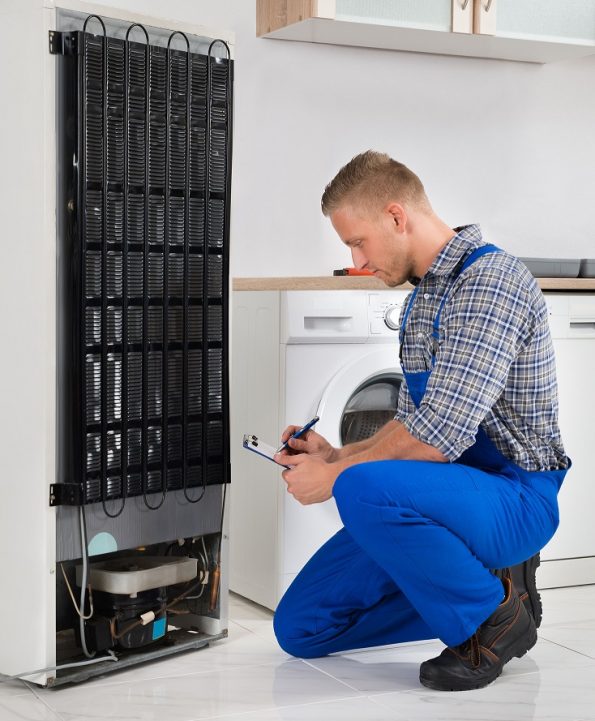When a dryer stops heating the way it should, laundry quickly piles up. We often take a working dryer for granted until warm air is no longer flowing. At Freedom Appliances, we see this issue often, and it usually comes down to a few common causes. Understanding what those problems mean can help us know when to troubleshoot and when to seek help.
Lint Build-Up and Restricted Airflow
Airflow is the heart of a dryer’s heating system. If lint clogs the vent or filter, heat gets trapped inside and the dryer struggles. As a result, clothes stay damp or cycles take much longer. We always recommend cleaning the lint screen after each load, but deeper cleaning is just as important. That means checking the vent hose for bends and making sure the exhaust outside is clear.
Another sign of restricted airflow is a burning smell. This happens when lint collects around the heating element. If ignored, it can damage parts and even become a fire hazard. Professional cleaning once or twice a year helps prevent this. For example, our team sees many calls where a simple vent cleaning restores proper heat. That is why scheduling appliance repair in Calgary can save time and money before parts wear out.
Faulty Heating Element
Inside every dryer is a heating element designed to create the warm air that dries clothes. Over time, this element can burn out. When that happens, the dryer still runs but only blows cool air. A complete lack of heat often points straight to this issue.
Checking the element requires opening the machine and testing it with a meter. While some people attempt this, we caution that handling wiring can be risky without the right skills. Replacement is usually straightforward for a technician and makes the dryer feel new again. It is worth noting that repeated element failure often points to airflow issues or power supply problems that need to be fixed at the same time. For those already facing this, finding professional dryer repair in Calgary can provide a lasting solution.
Malfunctioning Thermostat or Thermal Fuse
Another reason dryers lose heat is because of safety parts like thermostats and fuses. A thermostat regulates how hot the air gets inside, while a thermal fuse shuts everything down if it gets too hot. When these parts fail, the dryer either overheats or never heats at all.
If clothes come out scorching hot or the dryer stops mid-cycle, the thermostat may be the culprit. If it runs but stays cold, the thermal fuse could be blown. These components usually fail because of long-term heat stress caused by clogged vents or blocked airflow. Replacing them restores normal function, but unless the root cause is fixed, the same issue comes back. That is why we always check both safety parts and vent systems during service calls.
Electrical or Power Supply Issues
Not all dryer heating problems are caused by the machine itself. Sometimes the issue lies in the home’s electrical supply. Electric dryers need 240 volts of power, and if one breaker trips, the dryer may tumble but not heat. This situation confuses many homeowners because the machine looks like it is running fine.
Loose connections at the outlet or damaged power cords can also interrupt the heating cycle. If we suspect electrical problems, we recommend testing the outlet with a meter or trying another heavy-duty appliance in the same spot. When the supply is the problem, calling an electrician prevents repeat damage to the dryer. Taking this step early avoids wasted repairs and ensures the machine can run safely.
Gas Dryer Ignition Failures
Gas dryers rely on igniters and valves to produce heat. When the igniter fails, the flame never lights, and the dryer just blows room temperature air. Another possible issue is a faulty gas valve solenoid that prevents fuel from reaching the burner. Both problems result in no heat even though the drum spins normally.
A good sign of ignition failure is hearing clicks but never seeing a flame. On the other hand, if the igniter glows but shuts off before lighting, the solenoid may be failing. These repairs require handling gas components, which is best left to trained technicians. Working with gas lines without the right knowledge is unsafe. We always stress that gas dryers need professional diagnosis to keep both people and homes safe.
Overloading and Misuse
Sometimes the problem is not mechanical at all but simply how the dryer is used. Overloading with heavy clothes or bedding restricts airflow inside the drum, making the dryer seem like it has lost heat. Clothes clump together, and the air cannot circulate properly.
Another form of misuse is running the dryer with items not meant for machine drying. Plastic mats, rubber-backed rugs, or heavily soiled workwear can cause overheating and strain the system. We recommend drying smaller loads and following care labels closely. This helps keep the heating system under less stress and extends the life of the machine. Small changes in laundry habits can often make a big difference.
Signs It Is Time for Professional Help
While some issues like lint build-up are easy to manage at home, many heating problems require tools and experience. If the dryer stops heating completely, cycles take hours, or clothes come out extremely hot, it is usually time to get help.
Continuing to run a dryer that is struggling risks damaging expensive parts. In many cases, what starts as a small problem becomes more costly over time. Our team at Freedom Appliances has seen dryers last many more years with simple early repairs. If your dryer shows these warning signs, the safest step is to reach out through our contact us page to arrange service.
FAQ
Why does my dryer run but not heat?
This usually points to a blown heating element, a tripped thermal fuse, or a power supply issue. Checking airflow and the breaker box is a good first step.
How often should I clean my dryer vent?
Once a year is a safe rule, but if you use the dryer heavily, cleaning every six months is better. It prevents overheating and improves efficiency.
Can I replace a dryer heating element myself?
While it is possible, it involves opening the dryer and working with wiring. For safety and warranty reasons, many people prefer a professional to handle it.
Why does my gas dryer click but not heat?
The igniter may not be working, or the gas valve solenoids may be failing. These parts stop fuel from reaching the burner.
Is it safe to keep using a dryer that is not heating properly?
It is not recommended. Running a faulty dryer can damage parts and even create fire risks. Getting it checked early prevents bigger problems.





